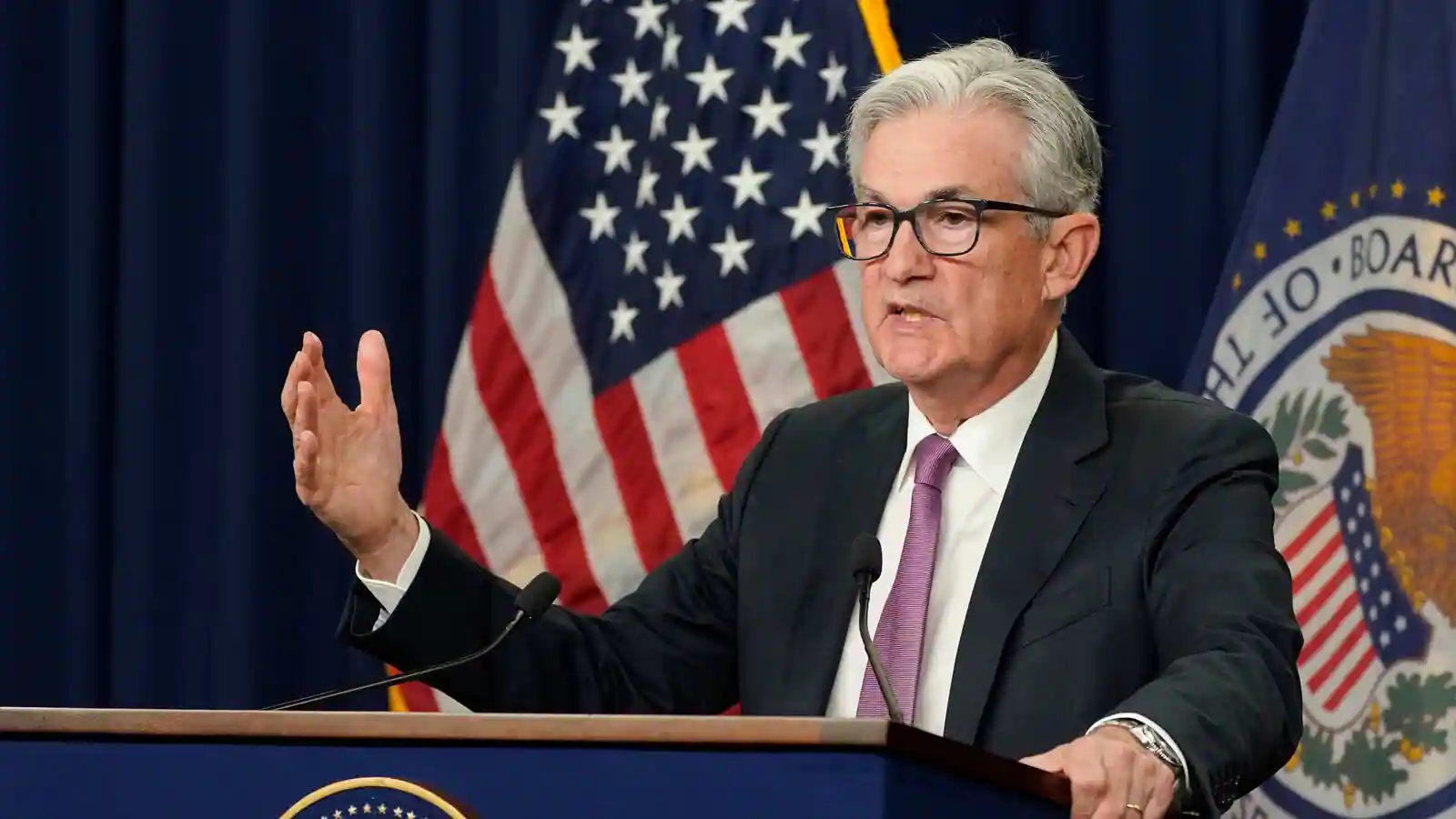
The US inflation challenge’s size and the drastic steps the Federal Reserve will have to take to control prices have come to light, which has resulted in this year’s wild ride for the global economy and markets. Markets had only priced in a terminal rate of 2.8% when the Fed started hiking rates in March. This projection has increased to 5% as of mid-November, which is in line with the prediction made by Bloomberg Economics in July.
Could they be compelled to go further? Absolutely. A terminal rate of 6% might become apparent if the Fed underestimates the natural rate of unemployment or if the pandemic has caused a severe decline in productivity.
Even if they are less likely, there are risks in the other direction as well. A protracted period of market chaos—of the kind that followed the UK’s mini-budget fiscal blunder in September—might be sufficient to persuade the Fed to stall at a lower rate, though it would require much more than the shocks to date.
What a Higher U* Means
The Federal Open Market Committee’s dot plot at its September meeting indicated a stronger trajectory of rate increases despite a worsening of the GDP outlook. The committee’s estimate of u*, also known as NAIRU or the unemployment rate associated with price stability, has increased from the conventional 4%, which provides a straightforward explanation for this discrepancy.
In order to determine an estimate of where the FOMC now places u*, a version of the traditional Taylor formula that takes into account the relationship between unemployment, inflation, and Fed policy can be employed. The September dot plot can be best described by the u* values of 4.4% in 2022, 4.3% in 2023 and 2024, and 4.0% in 2025. This shows that the FOMC believes u* is now elevated and anticipates a gradual return to the pre-pandemic level in 2025.
If u* is even higher, what then? It was estimated by Fed personnel to be between 5% and 6% recently. That is completely feasible given the severe disruptions in labour markets brought on by the pandemic, which have caused both employers and employees to reevaluate their priorities. The natural rate of unemployment has “gone up considerably,” according to Fed Chair Jerome Powell.
A terminal rate of 6% would result from an u* estimate of 5%, keeping the committee’s inflation projection constant.
What a Slower Growth in Productivity Would Bring
u* might also increase as a result of broader macroeconomic issues like a decrease in productivity growth. Higher unemployment occurs when workers want quicker wage growth than what businesses can generate from their productivity, whether it’s to make up for higher inflation or just because they have more negotiating leverage. In the 1970s, when productivity increases lagged behind wage growth, this is what took place.
It seems that mainstream economics doesn’t anticipate a repetition of the pandemic. This presumption disregards certain painful lessons from the 1970s that showed a correlation between high inflation and decreased productivity:
A sudden change in relative pricing is a sign of high inflation. Businesses that have optimised their manufacturing processes under the premise of stable input costs may discover that their previous methods are no longer effective or necessary.
Companies charge themselves for real estate, equipment, and other capital stock on their balance sheets based on the equivalent rental cost. Rent prices rise as a result of high inflation, deterring investment.
For businesses making expensive long-term investments, uncertainty about inflation and central bank rates, as well as variables like geopolitics, adds another barrier. In the event that borrowing costs rise further, a project that appears profitable now could not be so tomorrow.
The same constraints that limited productivity growth in the 1970s are still present now, raising the possibility that the already slow rate of potential growth that existed prior to the Covid-19 pandemic may be slowing much further.
Using FRB/US, the Fed’s standard model of the US economy, we conducted the following experiment to assess the effects of slower growth: What happens if the growth rate of all factors from 2022 to 25 is 0.5 percentage points lower than anticipated? By 2025, the gross domestic output would slow from its current rate of 1.8% to 1.3%.
A less-potentially-expanding economy would experience greater inflation and overheating. FRB/US shows the federal funds rate would peak higher than the FOMC’s current baseline and stay higher for a lot longer, assuming the Fed acknowledges this and acts appropriately. Our simulation demonstrates that the Fed’s predicted terminal rate would rise to 5% in 2023, which is significantly higher than the 4.6% suggested by the dot plot from September.
The Impact of Significant Market Shocks
The market is exaggerating the likelihood that a recession would prevent the Fed from raising interest rates. We believe Powell has learnt from the mistakes made in the 1970s, when the central bank prematurely suspended its rate-hike cycle in an effort to promote growth even if inflation remained uncomfortably high, leading to terrible outcomes. Through a US recession in the second half of 2023, we anticipate the Fed to maintain rates at our anticipated terminal rate of 5%.
However, it is not difficult to identify major threats that are approaching, such as a decline in US home values, repercussions from the volatility on the UK market, the drag from an impending recession in Europe, and a harsh landing in China. The Fed has often demonstrated that it is prepared to postpone rate rises if the evidence calls for it. For instance, the Fed postponed tightening during the 2013 European financial crisis and the 2015 China market crash because of unrest abroad. That might occur once more.
We replicate a scenario where the US is hit by a confluence of weaker global demand and higher financial instability using SHOK, our in-house model of the US economy. This results in a rise in the VIX, wider credit spreads, a stronger dollar, and decreased exports. If that occurs, the Fed may be able to get away with slightly less tightening than currently predicted, with the fed funds rate at 4.1% in 2023 rather than 4.6%. This is because weaker demand will reduce inflation.
Fed funds rates must be raised to the level illustrated in the dot plot, according to central bank officials, who recently displayed a remarkable degree of agreement. Analysts and market participants, however, are increasingly criticising the Fed’s planned course as being excessive. An alternate viewpoint holds that the FOMC’s forecast for fed funds rates is not overly pessimistic and that a number of labour market indicators point to more upside.






